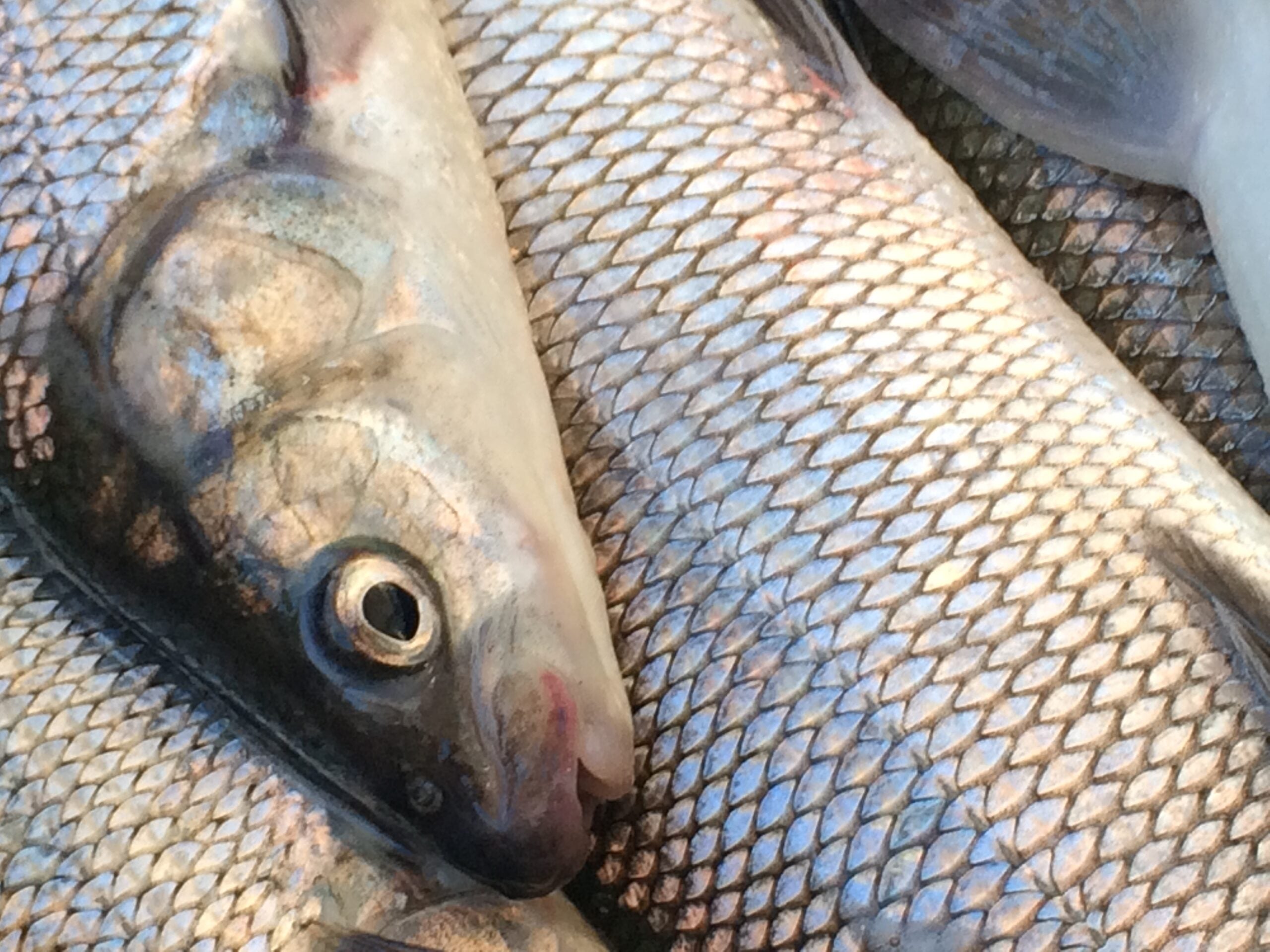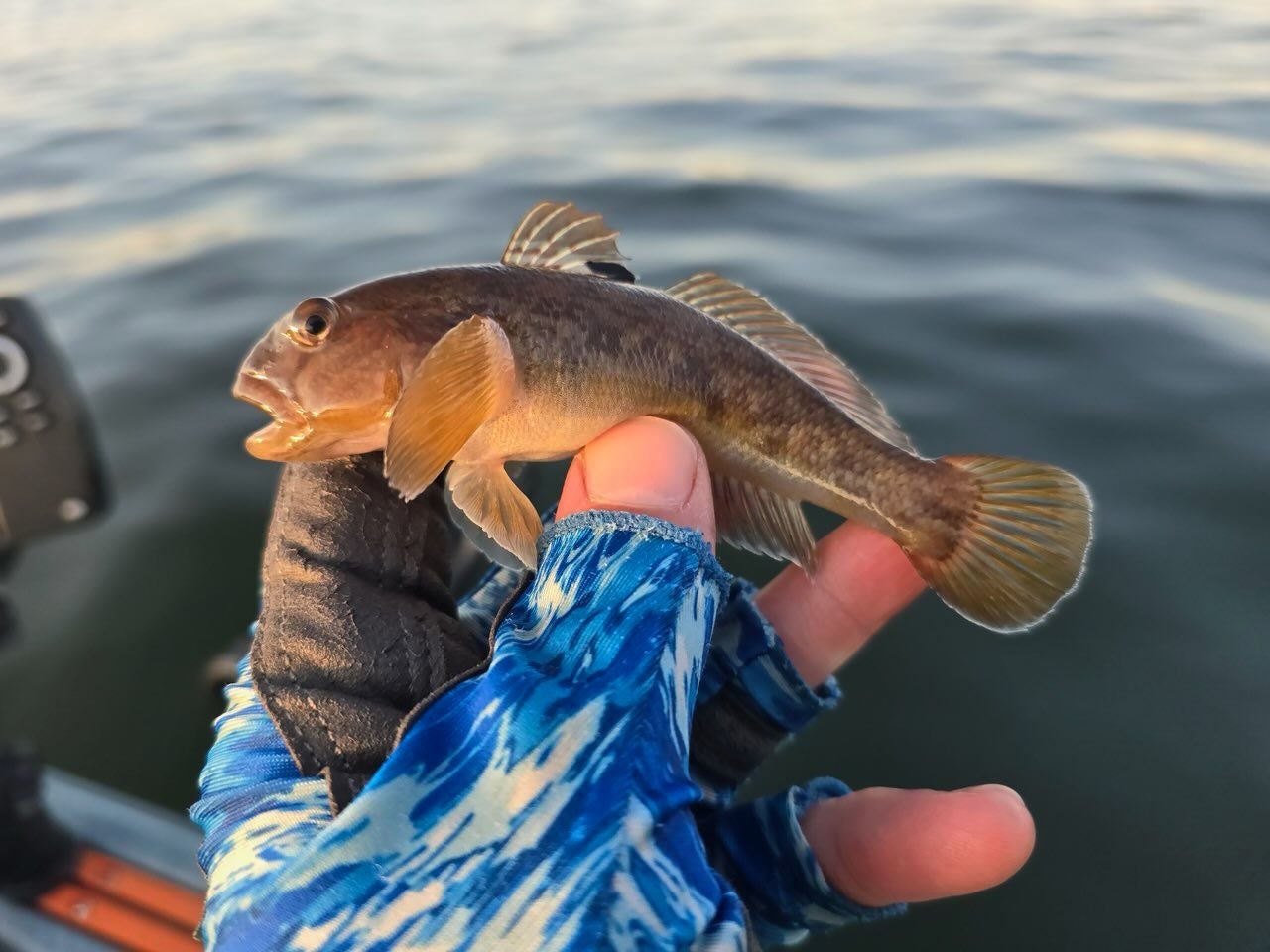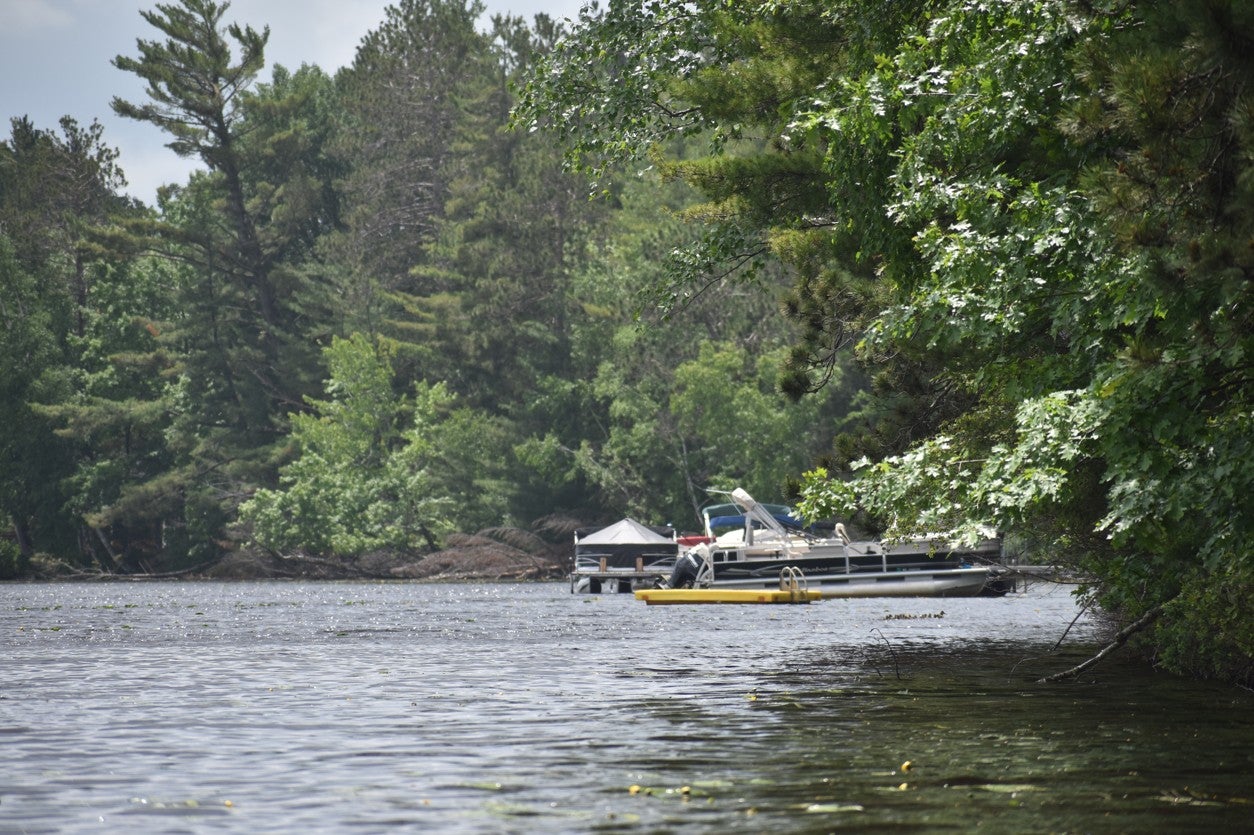Karl Scheidegger said if he can’t be fishing, talking about fish might just be the next best thing.
Well, Friday was fortunate for him as he joined WPR’s “The Morning Show” to field questions from school children. Scheidegger is a fisheries biologist with the state Department of Natural Resources.
In December, a professor joined “The Morning Show” to answer questions that fourth graders from Green Bay schools asked about the environment and renewable energy.
News with a little more humanity
WPR’s “Wisconsin Today” newsletter keeps you connected to the state you love without feeling overwhelmed. No paywall. No agenda. No corporate filter.

Bright minds from the same class also submitted their inquiries about fish and other animals.
The following answers were edited for brevity and clarity. The kids, once again, were perfect.
Layla: How do fish communicate with each other?
Karl Scheidegger: When you think about how important communication is to us all and for us as humans, it’s pretty easy, right? We have our smartphones to text and call our friends. We have computers that we can Skype or Zoom. It might be a little more challenging at this time, but we can meet face-to-face and have an old-fashioned conversation.
It’s pretty simple. But just like humans, fish can also communicate with one another in a variety of ways. They can do it through sound, color (and) luminescence, which is a fancy word for light. They can do it through motion. They can do it through smell. All these forms are usually used to help them get from one place to another, assist in the spawning process or to alert (about) predators. … Or they might use it for competition or for eating. So, there are a lot of different ways fish use these communication tools to be successful in their environment.
Makenzie: Can animals communicate with different animals?
KS: Communication between similar species is more successful, but it can happen between two animals of different species. When I look at Shark Week, for instance — I’m a big fan — and researchers know they can go down, and they can look at fin positioning of a shark, the way the body is positioned or how they happen to be swimming. And they know that there might be a little different temperament to the sharks; they want to stay away from it. So, that’s clearly between a shark and human a communication issue.
READ MORE: Fourth-graders from Green Bay schools ask professor about environment, renewable energy
Or you could look at animals in general (in) our own houses. Dogs and cats living with people learn to respond to different signals and (are) able to live with one another, even though they’re not the same species. So, over time, we can pick up on these different cues and be able to understand how we communicate and be successful in communicating. Dogs and cats can be successful in living together.
Madison: Can fish smell? Do they have a nose or any other special adaptations?
KS: They don’t necessarily have a nose. They have a snout. If you look at a fish, and you look for the eyes, above the eye toward the front end of the fish, there are a couple little holes and they kind of function like nostrils that we have. They’re actually nares. The water goes in and out of those holes, and it flows over these sensory pads. So, it picks up some chemical signals. And by picking up those chemical signals, it helps them find food.
That’s actually a fact that anglers can take advantage of. It helps them find a mate, recognize other fish of the same species, detect predators, warns them of danger or help find their different spawning locations. So, it’s a very important function of a fish.
Rease: How do animals survive in different environments other than their own?
KS: These are deep thinkers. I’m impressed with these fourth graders.
The ability to adapt is important if you move to a different environment. If you can’t adapt, you’re not going to survive. Look what happened to the dinosaurs way back when.
The concern that we have as fisheries folks are those fish that can go to a new environment, take advantage of it and compete with our native fishes and actually hurt the environment in that respect. Asian carp is a good example of that, where an invasive (species) comes in and can fill in a niche. There’s always a concern that moving some fish into an environment that it didn’t inhabit before can affect the native fish community. So, we have to be careful about what fish we move around and where.
Graham: How do animals that are blind still survive in the wild?
KS: If you look at a fish’s life from egg to adult, very few survive. I mean, 5 percent, maybe. And if you throw a disability on them or something that that’s going to be a challenge, the likelihood of them surviving to adulthood is very low.
But there are cases — I have seen fish that have deformities, without a tail, for instance, that have actually survived to become adults … So, it does happen. But I would say, particularly if a fish happens to be blind, all those other senses have to improve, so it can have a better chance of surviving. But the chance of it surviving any longer than the normal fish of its same species is pretty low.
Wisconsin Public Radio, © Copyright 2025, Board of Regents of the University of Wisconsin System and Wisconsin Educational Communications Board.







